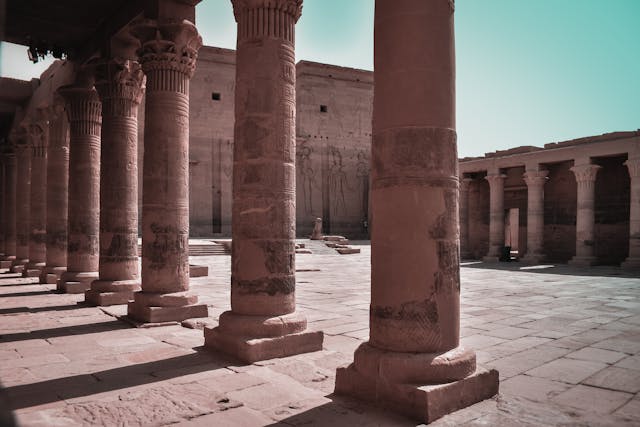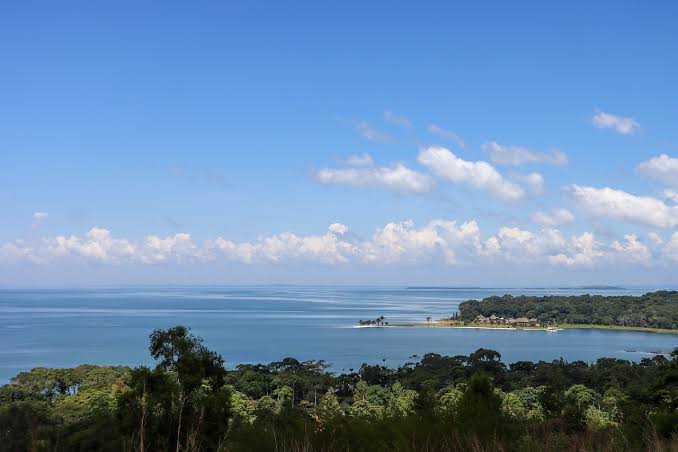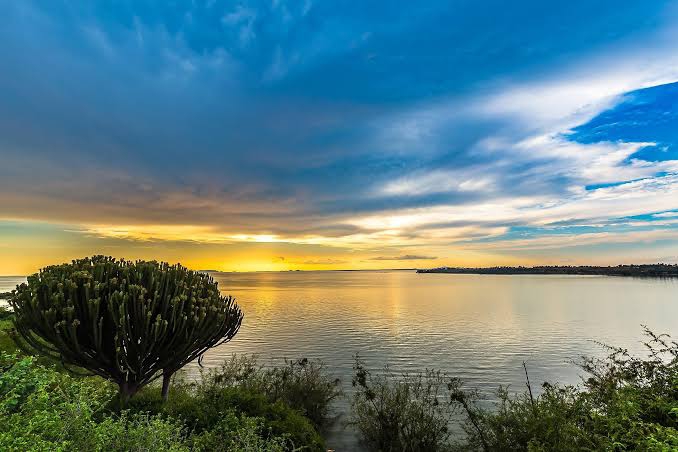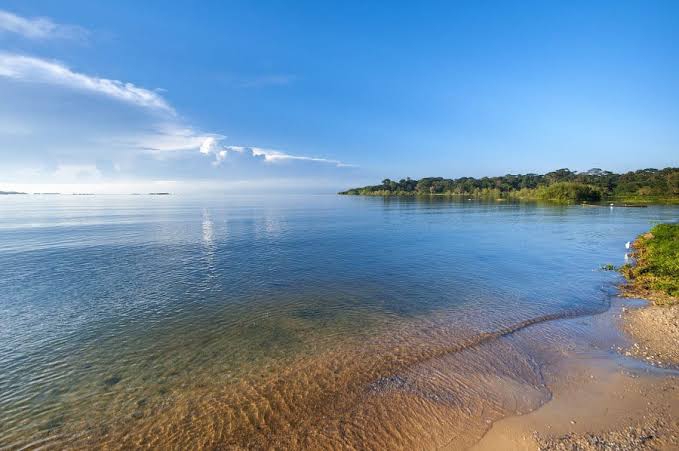




Lake Victoria: Jewel of East Africa
History African@africanhistory
1 day ago
Lake Victoria, Africa’s largest lake by area and the world’s largest tropical lake, spans approximately 68,800 km² and reaches depths up to 84 m, spanning three countries—Tanzania (≈49 %), Uganda (≈45 %), and Kenya (≈6 %)—at an elevation of around 1,135 m above sea level . This vast freshwater body feeds the White Nile, supports one of the planet’s richest inland fisheries, and sustains over 40 million people in its basin .
Geographical Overview
Lake Victoria occupies a shallow depression in East-Central Africa, measuring roughly 359 km north–south and 337 km east–west, with a shoreline that exceeds 7,142 km when accounting for its intricate inlets and islands . Its primary inflow is the Kagera River from the west, and its sole outflow is the Victoria Nile at Jinja, Uganda, making it the chief reservoir for the longest branch of the Nile River system .
Biodiversity and Ecology
Home to over 500 fish species—including more than 200 endemic cichlids—Lake Victoria once boasted one of the richest freshwater fish faunas on Earth . Introductions of Nile perch and Nile tilapia in the 1950s precipitated dramatic ecological shifts, driving many native species to local extinction and transforming the lake’s trophic dynamics . Its papyrus swamps and riverine forests also host hippos, sitatungas, monitor lizards, and over 300 bird species—ranging from malachite kingfishers to African fish eagles—making it a premier birdwatching destination .
Cultural and Economic Importance
For centuries, Lake Victoria has underpinned the livelihoods of riparian communities through fishing, agriculture, and transport, with bustling ports such as Kisumu, Mwanza, and Entebbe serving as regional trade hubs . The lake’s fisheries once yielded up to 500,000 tonnes of Nile perch annually at their peak in the 1990s, though overfishing and regulatory challenges have since reduced catches significantly .
Environmental Challenges
Lake Victoria faces serious threats from eutrophication—driven by agricultural runoff and sewage—which has fueled harmful algal blooms, deoxygenated deep waters, and disrupted aquatic life . Invasive water hyacinth has choked shorelines, impeding navigation and fishing, while rising water levels between 2010 and 2022 inundated lakeside settlements . Climate change, pollution, and habitat loss compound these pressures, prompting multinational conservation efforts under the Lake Victoria Basin Commission and allied NGOs .
Visiting Lake Victoria
Tourists can explore the lake via boat cruises at dawn to spot hippos and birds, visit floating markets, or traverse the Ssese Islands (Uganda) and Ukerewe Island (Tanzania) to experience local culture . Lakeside towns like Kisumu offer nature trails, community homestays, and vibrant fish markets, while Entebbe’s botanical gardens and safari park provide complementary wildlife encounters . For the best wildlife sightings and cooler temperatures, plan visits in the early morning and consider guided tours that emphasize sustainable, community-led initiatives.
#LakeVictoria #GreatAfricanLakes #Freshwater #Biodiversity #EcoTourism #NileNile #LakeLife #EastAfrica #Conservation #Birdwatching #CulturalHeritage #ResponsibleTravel
Photo Credit: SeeAfrica
